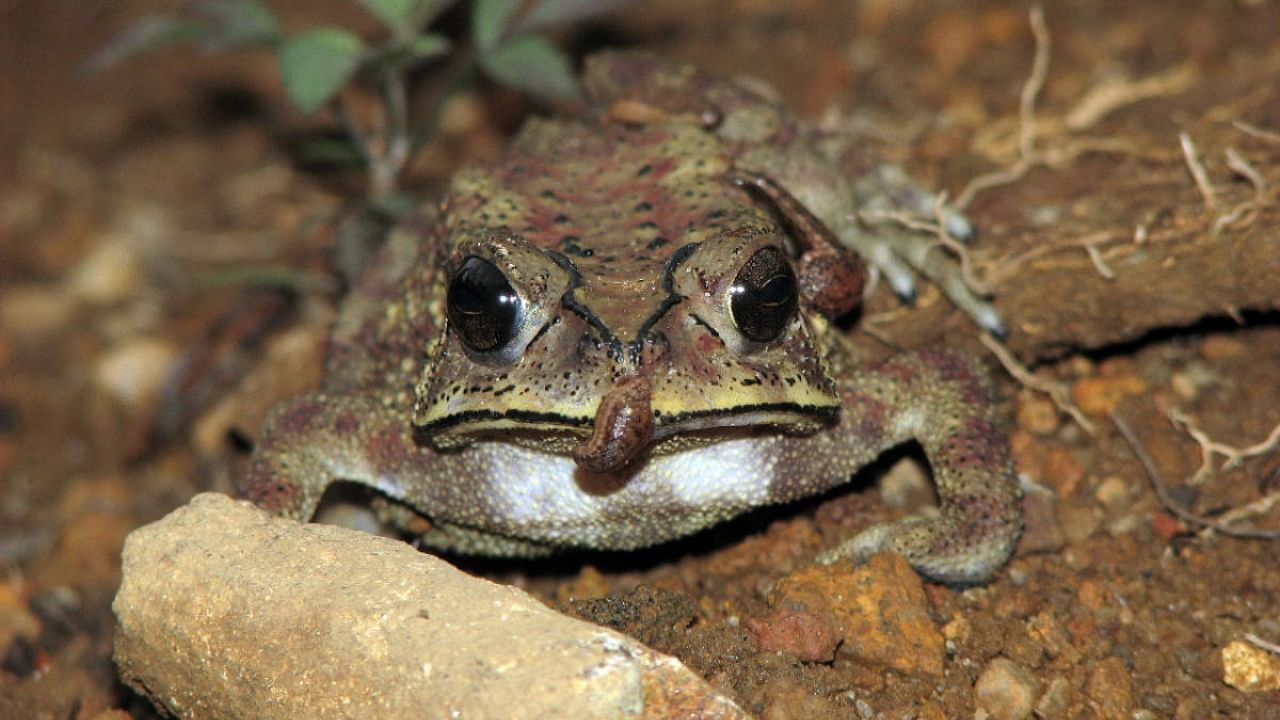
Come monsoon, if you happen to be in the Western Ghats, as you step out, you might find a tiny earthworm-like creature trying to latch onto your limbs. Behold! These worm-like creatures with interesting snappy movements are trying to attach to your skin. They are commonly called leeches.
Leeches suck blood. They are parasitic and predatory. Commonly detested due to these characteristics, leeches can actually play a critical role in the ecosystem.
Culturally they have been noticed for a while. They find a mention in many ancient scripts. During the 19th century, the collection of European medicinal leech, a species used for medicinal purposes, was rampant.
Leeches are closely related to earthworms. Apparently, there were farms in England and France for the artificial cultivation of leeches. This affected their distribution across Europe. As a consequence, it is now classified as near threatened by IUCN.
Distribution
Globally, there are more than 700 species of leeches. In India, the total number of species found was 60 in 1991, 62 in 2004 and 82 by 2022. Of the 82 species known in India now, 67 are freshwater species and 15 are terrestrial species.
Recent additions in the past two decades are those mostly described from North-east India by scientists at the Zoological Survey of India (ZSI). North-east India now accounts for 15 species with nine freshwater and six terrestrial species.
There are not enough studies on leeches in India barring the ones from ZSI. Much of the initial work seems to have taken place during the British era by W A Harding and J P Moore nearly a century ago, in 1927. Subsequently, there have been one-off studies but a notable exception is a handbook on leeches of India by Mahesh Chandra published in 1991 by the ZSI.
Studies on leeches in Karnataka are limited. According to a ZSI publication, Fauna of Karnataka published in 2013, as part of their State Fauna Series, there are 10 species of leeches in the state based on samples collected in 2006.
Some of the earlier studies document leeches found across India from places like Jodhpur, Allahabad, Nilgiris in Tamil Nadu, Satara in Maharashtra and even Mysore and Bengaluru in Karnataka apart from several places along the coasts and Western Ghats. A systematic assessment is required to adjudge their distribution today.
Leeches are found in diverse ecological niches due to their high degree of adaptability to a wide range of environmental factors, including different habitat types, water temperatures, presence of macrophytes, and percentage of the canopy, notes Chandra Kanth Mandal, a scientist with ZSI in one of their recent studies.
Structure
Morphologically, leeches are always composed of 34 segments. However, they have rings that can be more than the number of segments. The body of the leech is covered by minute sensory organs called sensillae. They normally have one to four pairs of eyes, but in some, there are more than five pairs.
Leeches are classified based on molecular analysis and using the resultant phylogenetic tree. There needs to be more work to ascertain the sub-groups. Traditionally, they are known to belong to two groups. One has an elongated or specialised tubular mouthpart called proboscis, used for sucking. And the other has specialised jaws and no proboscis.
Leeches with proboscis are found in both freshwater and marine ecosystems. They suck the blood or juices of their prey. The leeches without proboscis are called jawed leeches. They are more predatory, are mostly found in terrestrial and freshwater ecosystems, and never in marine ecosystems.
There are venomous and non-venomous leeches. Non-venomous leeches suck blood, but it does not cause any discomfort to humans. Bites by venomous ones could result in swelling, and intense itching at the spot, which could eventually lead to fever, and in extreme cases, one could be unconscious. Administering anti-toxic medicines can be a remedy in such instances.
Leeches have suckers on both ends of their body, thus called terminal suckers. They use them for attaching to the host, locomotion and sucking blood. They mostly feed on blood and other animal juices, other worms, snails, insect larvae and such.
When leeches attach to the host body, they anaesthetise the area with their saliva to prevent clotting using a special secretion called Hirudin. This makes them attractive in treating certain ailments. They occupy an intermediate position in the food chain, playing a critical role in the ecosystem.
Defying predation
Leeches are also reclusive to avoid predation but are adapted to feeding on birds as well as on fish, reptiles and amphibians and mammals. In freshwater ecosystems, they take refuge in aquatic plants like water hyacinths, lotus and grasses. They are also hunted by birds. They try to attach to molluscs and insects but become victims when birds feed on them.
“In India, we have a species called Batracobdelloides Reticulata, which is found inside the freshwater clams or mussels. Apart from this, some leeches which are found in the freshwater bodies feed on introduced golden apple snails and other freshwater gastropods,” says Aravind Madhyastha, Senior Fellow at the Ashoka Trust for Research in Ecology and the Environment (ATREE).
He notes that the association between leeches and mussels is very interesting and needs to be studied.
“Only a handful of studies have been undertaken dating back to the British era. We need to study how they select prey, especially snails and clams, what they feed on inside the clamshell and how long they stay there and how they reproduce inside the clamshell still remains to be studied,” says Madhyastha.